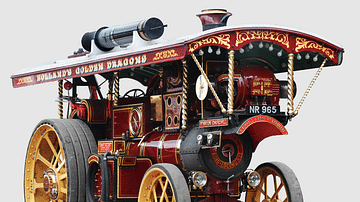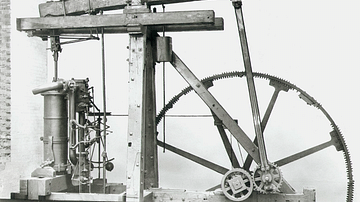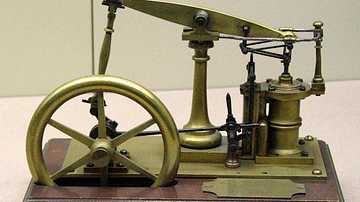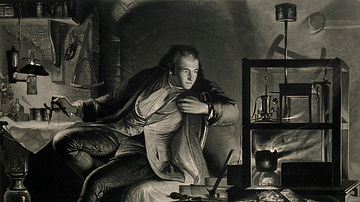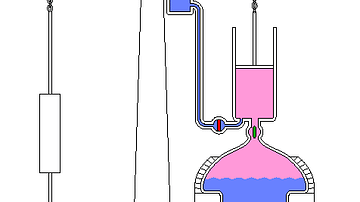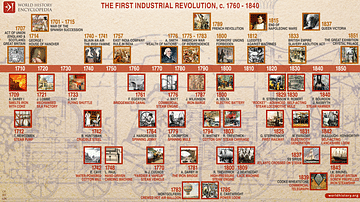Illustration
The Difference Engine was invented by the Englishman Charles Babbage (1791-1871) in 1822. This example is a modern model of Babbage's Mark II, designed c. 1848. Like most other inventions of the Industrial Revolution, Babbage built on the ideas of others to create a machine that was, in effect, the first complex computer. Babbage designed his machine to calculate mathematical functions and print the results in the form of tables. The machine worked by hand-cranking, and Babbage was seriously hampered by the lack of technology to make the parts he really needed. Nevertheless, the machine could handle 31-digit numbers, and it showed the way forward as a new method of performing mathematical calculations too complex for humans to perform without the risk of making errors.
Science Museum, London.
Cite This Work
APA Style
London, S. M. (2023, April 19). Difference Engine. World History Encyclopedia. Retrieved from https://www.worldhistory.org/image/17307/difference-engine/
Chicago Style
London, Science Museum,. "Difference Engine." World History Encyclopedia. Last modified April 19, 2023. https://www.worldhistory.org/image/17307/difference-engine/.
MLA Style
London, Science Museum,. "Difference Engine." World History Encyclopedia. World History Encyclopedia, 19 Apr 2023. Web. 31 Mar 2025.

